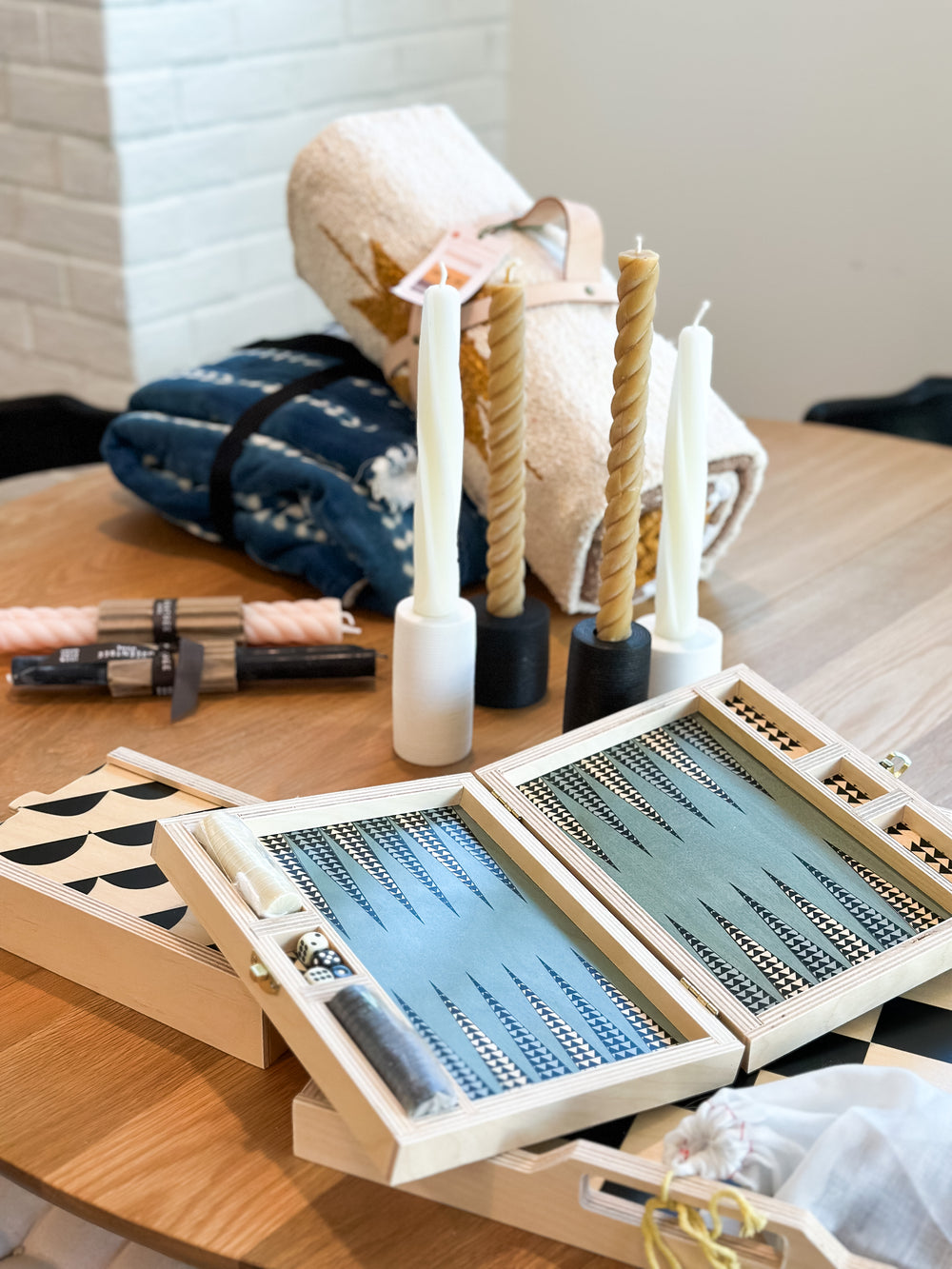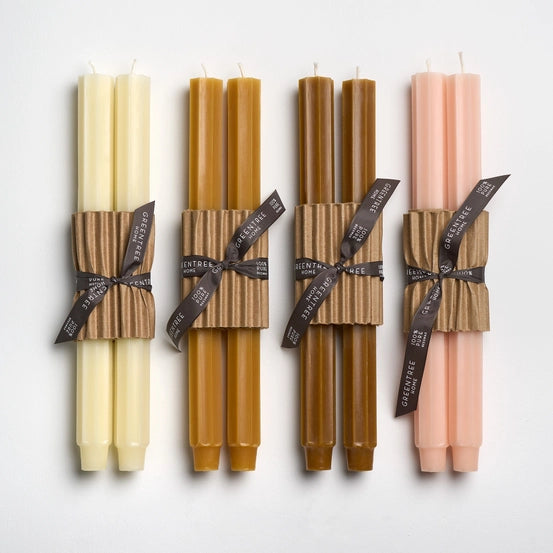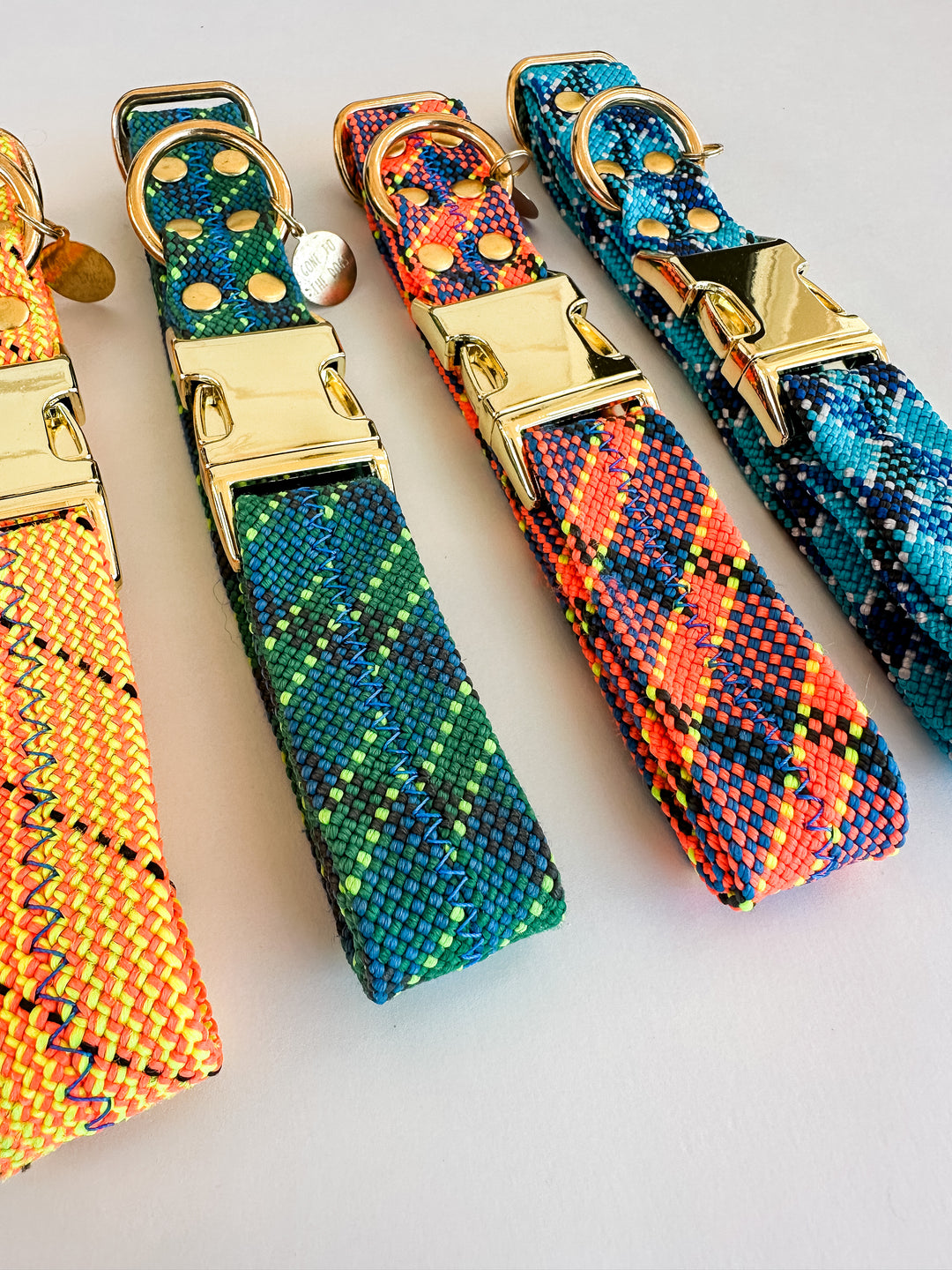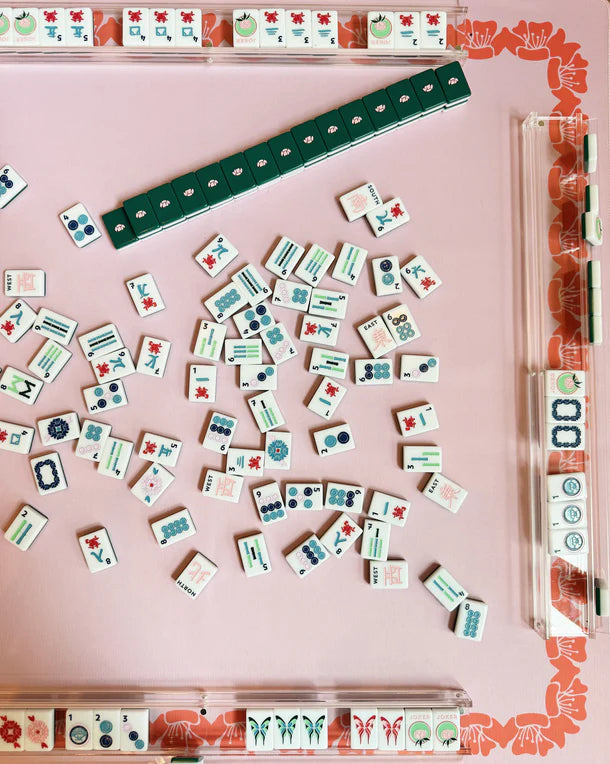
Save 10% off your first purchase
Join our community today and we'll send you a 10% discount code towards your first purchase.
Featured Brands

Greentree Home
Greentree Home Candle is an American company pursuing the tradition of hand-crafting beeswax candles. With a creative team of individuals, they produce high quality designs that will be enjoyed and utilized. As candlemakers, they clearly feel a special obligation to champion the honeybee. Using100% pure North American beeswax, Greentree Home is firm in their support of sustainable harvesting.

Gone to the Dogs
Gone to the Dogs creates high-quality, ethically made pet products with a focus on sustainability. The company partners with local artisans in Brooklyn and marginalized communities worldwide, providing fair wages and safe working conditions. Its commitment to the planet is reflected in the use of recycled and sustainably sourced materials, and a portion of all proceeds is donated to local animal shelters.

The Mahjong House
The Mahjong House was founded by Stacey White, whose passion for the game grew from a weekly class into a meaningful community. During the pandemic, Mahjong became a lifeline, and Stacey's experience organizing a successful tournament inspired her to share the game with others. The Mahjong House is a celebration of community, connection, and the joy of being present with those around you.








